It was 2016, and UFC champ Michael Bisping had recently posted a photo of a chicken burrito to his Instagram, along with the caption:
“…by order of my nutritionist Dan Garner….”
View this post on Instagram
This was just the latest shoutout from the world of MMA, where an increasing number of fighters were saying that Garner’s lab-based nutrition protocols could speed recovery, unlock power, and help them win.
Not everyone was impressed.
‘Probably another guy who doesn’t know what he’s doing,’ thought Andy Galpin, PhD, professor of kinesiology at Cal State Fullerton and sport performance coach known for his work with boxers and mixed martial artists.
A skeptical person by nature, Dr. Galpin figured Garner was a pseudo expert who cherry picked findings from tiny, poorly-designed studies and presented them to athletes as “ground-breaking performance enhancers your doctor won’t tell you about.”
To confirm his hunch, he checked out Garner’s bio.
Sure enough, there was no mention of a PhD, MD, or even a master’s degree.
‘Yup,’ Dr. Galpin concluded, ‘wackadoodle.’
Things changed when Dr. Galpin listened to one of Garner’s podcasts.
Soon Dr. Galpin was playing The Garner Report for students in the graduate level courses he taught at Cal State Fullerton. Then he was messaging Garner, “Dude, why aren’t we working together?” Eventually Dr. Galpin brought Garner onto his team at CSUF as an advisor.
Today Garner’s roster includes superbowl champs, Olympic medalists, PGA stars, hall-of-famers, the mega wealthy, and Hollywood celebs, such as actor and comedian Bryan Callen, who credits Garner with curing his psoriasis.
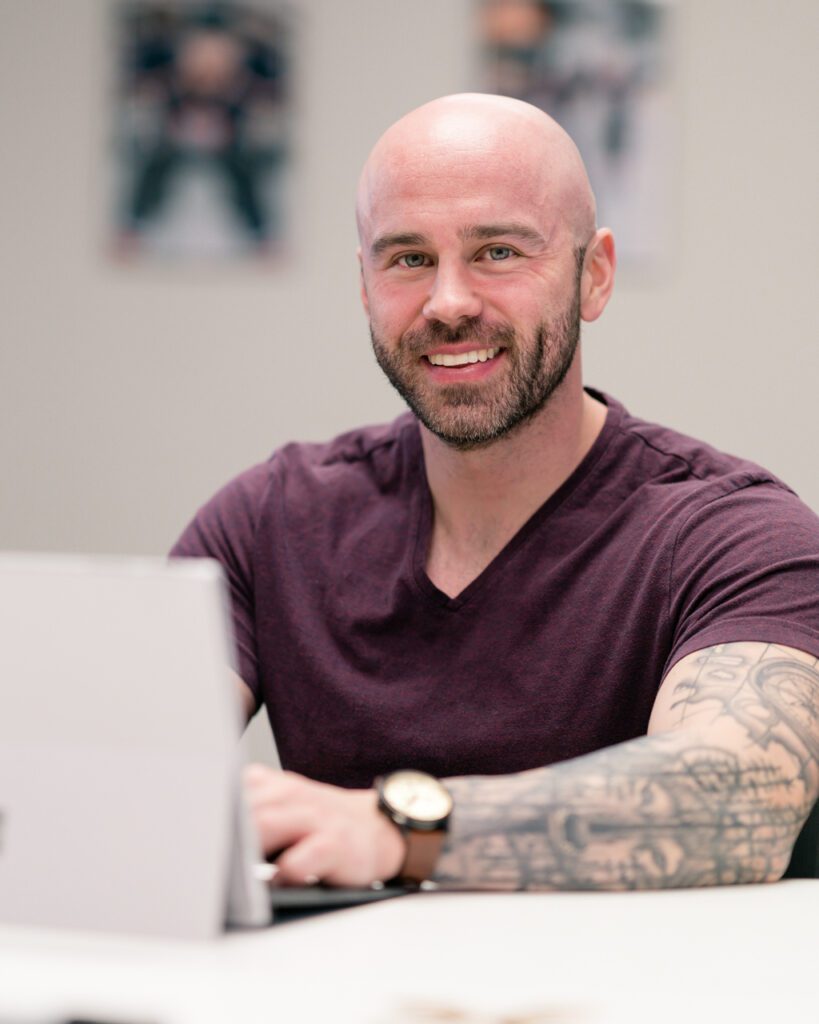
So how did a guy with no advanced degrees earn recognition as one of the go-to nutrition and strength coaches for pro athletes, celebs, and the wealthy?
And what can you learn from him?
In this story, you’ll discover…
▶ how Garner leveraged social media to attract high-profile clients
▶ the principle he uses to catapult athletes to the next level
▶ how he overcame educational gaps (and how you can, too, especially if you lack advanced degrees)
But first, a caveat:
Though you’ll hear from a few clients who agreed to talk about their experiences with Garner, don’t expect lots of name dropping. In this business, privacy is important to many clients and, as Garner notes, his job is to serve his clients, not the other way around.
++++
This is Garner’s origin story
The average cruise ship hosts more people than Dan Garner’s hometown.
Lambeth, Ontario’s two biggest attractions include corn and the hockey arena where Garner learned to skate and, eventually, compete.
He discovered bodybuilding at age 14 when his father lugged home a dinky weight lifting set and assembled it in the garage. Though he poured his attention into fitness sites and magazines, in school, he did the bare minimum, earning 50s and 60s—just enough to pass.
“I had no idea what I wanted in life,” Garner says. “I was lost.”
Upon graduation, Garner landed a job as a machinist at a factory that made airplane parts. There he worked in a giant hangar, surrounded by the scents of chemicals as well as hundreds of unhappy coworkers.
As he operated a machine that sliced through metal, Garner secretly read fitness and nutrition articles, periodically glancing at the reflections in a piece of broken glass to see if his supervisor was coming up from behind.
“I was a pretty miserable dude,” he says. “The end of the day couldn’t come soon enough.”
Becoming “Bodybuilding Dan”
His coworkers noticed his physique, lit-from-within energy level, and the chicken and avocado he packed for lunch. Soon they were asking questions.
“What should I eat for breakfast?”
“What should I eat after a workout?”
“How do I lose fat?”
Garner became the machine shop’s unofficial personal trainer.
“Being valued… that was new for me,” says Garner. “They were so receptive and thankful. That helped me gain more confidence and purpose.”
When the machine shop laid off half its workforce, Garner got the chance to build a career he enjoyed.
In 2010, he got accepted to Mohawk College, roughly an hour’s drive away.
During his commute, he listened to health and fitness lectures he’d burned onto CDs. After class he visited his professors to chat about muscle growth, and did extra reading to deepen his understanding. In the evenings, he studied for and earned several sports nutrition and strength training certifications.
He not only got the best grades of his life, he also became a sought-after mentor for other students, who referred to him as, “Bodybuilding Dan.”
He graduated with a bachelor’s degree in health, wellness, and fitness.
His first job post graduation: personal training at a Gold’s Gym.
To attract clients, Garner regularly posted content to social media, as well as built and maintained a hockey training website called hockeytraining.com. For this site, he wrote weekly articles and filmed YouTube videos about nutrition, mindset, and fitness.
Back then, just two people hit the “like” button: His mom and his wife.
“It was a grind,” he says.
As the months passed, Garner collected more than 20 certifications, including both Precision Nutrition Level 1 Nutrition Coach and Level 2 Health Coach as well as one from Functional Medicine University, which, he says, taught him how to use lab work to understand humans on a cellular level.
The email he’d been waiting for
Over time, Garner’s client list, online following, and income grew.
Still, after several years, something was missing.
He wanted to coach pro athletes.
What Garner didn’t know: a performance coach for dozens of pros— including members of the NHL, NFL, UFC, and CFL—was reading his content.
His name was Scot Prohaska.
One day, in Garner’s inbox, there was an unexpected email.
Prohaska wrote: “Hey man, would you be interested in working with a goalie for the Anaheim Ducks?”
Garner sat back in his chair, his palms against his skull.
Of course he was interested!
From one pro athlete to dozens
By hockey standards, at 15 percent body fat, the goalie was a hefty guy. Yet after 12 months with Garner, the goalie’s body fat was down to 8 percent and his game had dramatically improved—so much so that the Toronto Maple Leafs offered the goalie a $25 million contract over 5 years.
Soon after, Prohaska invited Garner to fly to California to help coach NFL and NHL athletes during the 2015 off-season. The referrals came in from all over after that.
It’s been seven years since Garner broke into the pros.
He’s traveled the world, trained dozens of elite athletes, and taught seminars.
He now works from a home office in London, Ontario.
He only takes on a small number of clients. People pay thousands for a consultation.
Before Reading On, Know This
You’re about to learn how Garner uses lab work to uncover hidden stressors. As a result, you might wonder: “If Garner uses lab work and PN is featuring Garner, is it okay for me to use lab work, too?”
Not unless you have additional training or credentials that give you the skills and legal abilities to do so. A nutrition coaching certification alone is not enough.
(BTW, as we mentioned in the story, in addition to his nutrition coaching certification, Garner has earned many others, including one in functional medicine. It’s this certification in functional medicine that, he says, gives him the expertise to order and understand lab work.)
If you’re ever unsure about scope of practice, we encourage you to use this worksheet as well as review our code of ethics.
What Garner learns from poop (yes, poop)
If you talk to Garner, his clients, or the experts who refer people to him, you’ll eventually hear stories.
Person A suffered from a chronic problem that other professionals hadn’t been able to solve.
Garner was their Hail Mary. Their last shot. Their “I don’t know what else to do.”
Upon Garner’s request, Person A tracked their food intake, filled out several questionnaires, and trotted off to their closest lab to deposit the requisite amount of blood, hair, urine, and stool.
Garner loaded the lab results and other info into a software program.
Then, for hours, he’d stare at color-coded charts and graphs displaying Person A’s sleep, diet, body comp, hydration status, micronutrient status, emotional stressors, inflammatory markers, gut bacteria levels, and hormonal profile, among many other variables.
He noticed elevations in the stress hormone cortisol, bilirubin (a waste product), and magnesium and wondered how those related to the dips in the hormone melatonin and elastase-1 (a pancreatic enzyme) he was also seeing. After hours of plotting, thinking, and scribbling, everything came into focus..
Person A then received an extensive report coupled with an hour-long video from Garner that explained what was going on and why a specific protocol—a mixture of supplements and personalized nutrition—would help.
Person A followed Garner’s advice. Their problem cleared up.
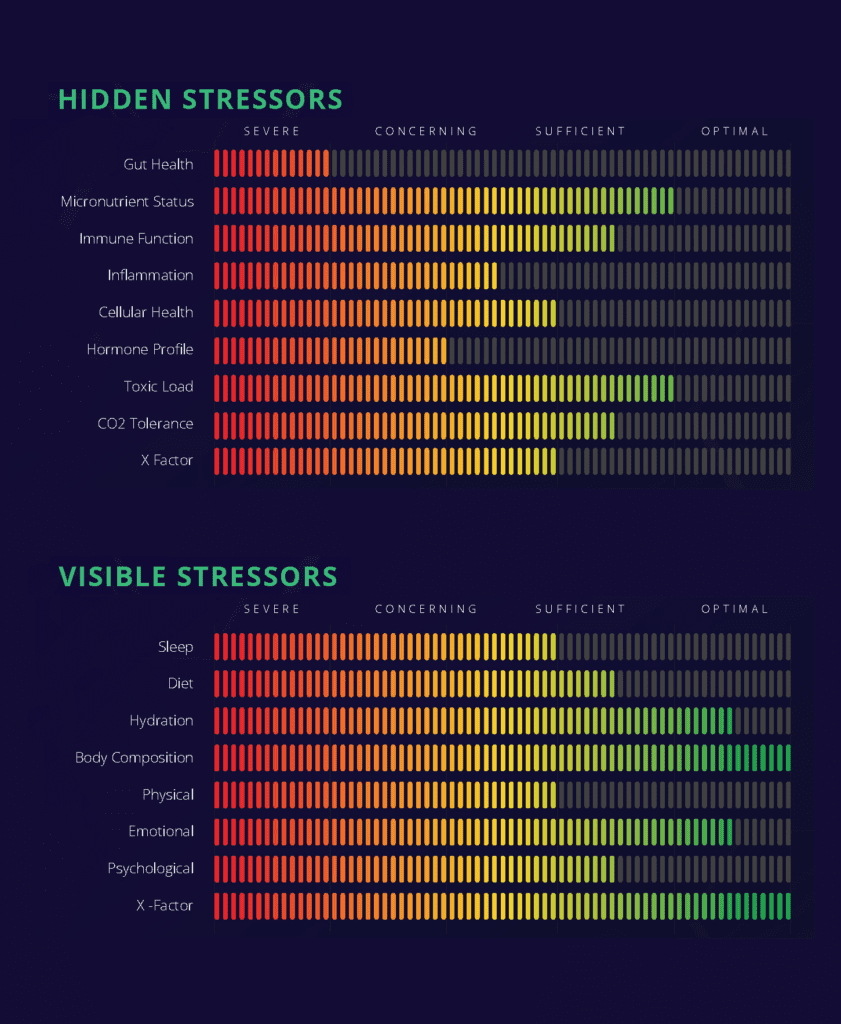
What the doubters are saying
These Hail Mary stories can sound like fodder for made-for-TV guru land.
That’s partly because the emphasis on lab testing is rooted in functional medicine, a relatively new field that has attracted its share of critics.
Started in the early 1990s by Jeffrey Bland, PhD, functional medicine emphasizes personalized nutritional and lifestyle changes that target “the root cause” of someone’s health issues.
Several years ago, the Cleveland Clinic elevated the field when it opened a Center for Functional Medicine, and launched a handful of studies to test the method’s effectiveness.
Still, the profession’s image has been marred by several physicians who lost their medical licenses for prescribing dubius treatments and misdiagnosing their patients.
On top of that, industry watchdogs have heavily criticized functional medicine practitioners for prescribing “reams of useless tests.” The word “quackery” gets tossed around, too.
And yet, one wonders:
If functional medicine’s lab-based approach helps clients feel better—and doesn’t harm them—does the criticism really matter?
Be like the owl
The skepticism about functional medicine can poke at Garner’s imposter syndrome. It also stirs up regret over not earning a PhD.
That said, he sees functional medicine as no different from other professions.
In any given field, he says, you’ll find superstars and quacks, pearls of wisdom and slices of baloney.
(Example: Traditional medicine doctors once swore by bloodletting.)
Garner offers the analogy of an owl, which will swallow an entire animal whole. Several hours later, the owl regurgitates the bones and other substances that it can’t digest.
“That’s the way I’ve approached my career,” Garner says. “Every professional sector has something to say. It’s up to me to curate it, keep the good, and remove the bad.”
A self-taught expert
Whether you buy into the functional medicine approach or not, it’s hard to argue with Garner’s grasp of physiology.
That’s what attracted Dr. Galpin to Garner in the first place.
“He’s completely obsessed with the field and almost nothing else—way more than I am,” Dr. Galpin says. “His grasp of the research literature and high-detail physiology, despite him having no advanced degrees, would challenge a lot of people with doctorates.”
Driven by a relentless curiosity to learn, Garner spends up to two hours a day reading medical research. That daily homework allows him to rattle off study references and describe complex biological processes with enviable ease.
If you listen to him answer live audience questions, you’ll understand why one YouTube commenter referred to Garner as “a walking encyclopedia”—as well as why Olympic bronze medalist Chris Knierim describes him as “hella smart.”
“Just from listening to him, you can tell he knows what he’s talking about,” says Knierim, who recently posted a series of photos to Instagram to show how his body transformed with Garner’s guidance.
View this post on Instagram
“He’s legit. He’s seen and done what he’s talking about,” Knierim says. “He’s not just regurgitating stuff someone else said.”
In addition to his daily immersion into the National Library of Medicine, Garner also leans into what he’s learned from the questionnaires, food logs, and the more than 1,000 labs he’s analyzed.
“I treat evidence from experience with equal value as I do from Pubmed,” says Garner. “I’ve got metrics of each client over time, so I can see what worked and what didn’t,” he says. (Get our guide on how to read scientific studies.)
Why athletes trust him
There’s something about Garner that makes people think, “I want what he’s having.”
Like many trainers and coaches, he’s fit.
But what really sets him apart: His gusto.
It’s almost as if the simple act of being awake fills him with joy.
This high-energy vibe is partly what helps athletes put their trust in him—because he clearly takes his own advice.
Of course, referrals from other athletes as well as shout-outs on the Joe Rogan Experience don’t hurt.
MMA fighter “Sugar” Sean O’Malley sought Garner’s expertise in 2019, after hearing Bryan Callen telling Rogan that Garner helped clear up his psoriasis.
At that time, “I knew I could’ve felt better,” O’Malley says.
He’d never undergone lab analysis before—and hoped Garner could give him an edge.
After studying O’Malley’s lab results, Garner designed a meal plan tailored to O’Malley’s unique needs, along with a supplement protocol for gut health and stress recovery.
Within two weeks, O’Malley messaged Garner: “I feel like a machine!”
“I could kill a workout and my body recovered so much faster,” O’Malley says.
O’Malley went on to win his next UFC match by knocking out his opponent in the first round. He’s worked with Garner ever since.
Lauren Murphy, currently ranked #4 in the UFC’s flyweight division, also noticed a dramatic change in energy, sleep, and recovery after working with Garner.
“I could sustain a higher pace for a longer amount of time and I was less sore afterwards,” she says. “I could train harder. My mood was better. I could sleep better. When you’re trying to gain a percentage of improvement, things like that are big deals.”
Introducing the Theory of Constraint
A nutrition or health coaching certification doesn’t give you the qualifications to order and analyze lab work. Unless you’ve undergone additional training, creating meal plans to treat a condition is also out of scope.
That said, there’s a lot you can still learn from Garner.
To pinpoint problems and zero in on solutions, Garner uses something called the theory of constraint.
Developed by Israeli physicist Eliyahu Goldratt, it goes like this:
Every process is limited by a constraint, sometimes also referred to as a bottleneck or weakest link.
Removing the constraint offers the most effective and fastest path forward.
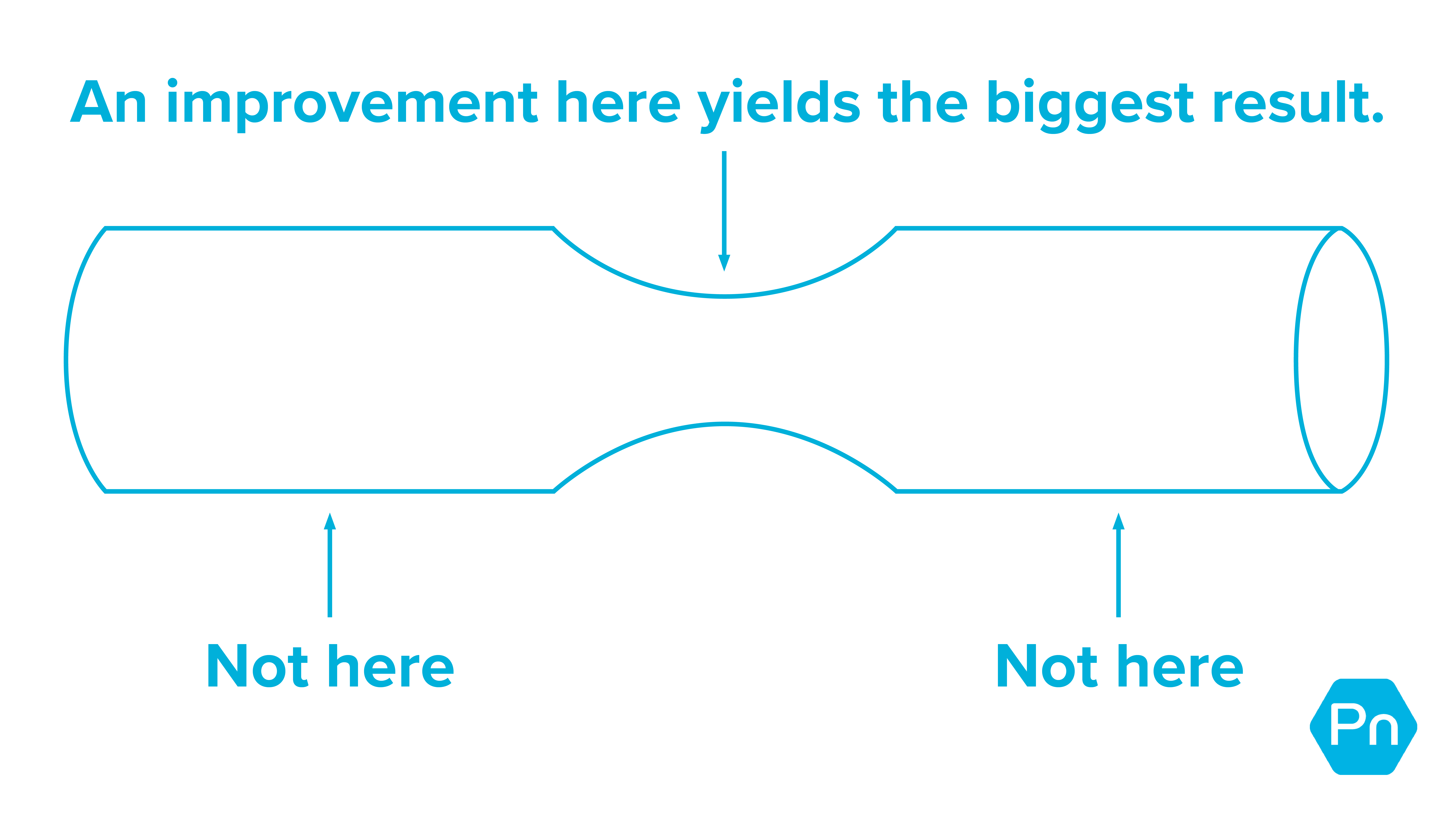
The theory is often used in business settings, as a way to increase manufacturing output or productivity.
“I look at physiology through this lens,” says Garner. “That’s how I’ve made a name for myself. It’s not an exact macro count that I’m using. It’s not an exact calorie count or hydration or supplement protocol. Yes, I have those things in place. But none of my athletes can reach their potential without removing their weakest link.”
The problem behind the problem
Often, according to Garner, that weak link is a stressor—such as a food sensitivity or a mild deficiency—that’s taxing the immune system, making it harder for someone to recover. Blood work and other labs allow Garner to find these weak biological links with precision, but regular folks can do something similar, albeit a lot less high tech: Look for limiting factors.
Ask yourself: What’s working against you (or your client)? What weak links are stopping you or your client from moving forward?
Let’s say you’re working with someone who wants to exercise, but feels too tired to do it.
What’s the problem behind that problem? In other words, what’s the root cause of “too tired”?
To find the answer, you’ll want to start with a good initial assessment that asks clients about their lifestyle, health limitations, mindset, and physical function and capacity. (Get the intake form we use with clients here at PN.)
Maybe, in the intake, you notice that your client is a vegetarian who’s been diagnosed with a GI issue.
Great, now you’ll want to dig into that, doing some research to better understand how both factors might affect your client’s health. Perhaps you discover that their GI condition could interfere with nutrient absorption, especially of B vitamins. There’s a clue.
And maybe, during your conversations, you glean that relationship problems are keeping your client up at night. Could lack of sleep be siphoning off the energy needed for workouts? And causing them to eat more?
Now you’ve got a path to investigate.
Greetings matter
If you get stuck, Garner suggests changing how you greet clients at the beginning of your sessions.
If you ask, “How are you?” your clients will most likely reply, “okay” or “fine”—even if they feel pretty crummy.
Instead, Garner starts conversations with this question: “Hey, what’s the story?”
The open-ended question nudges clients to offer what’s really on their mind. Says Garner, “Their answer to that question often leads right to the constraint.”
When the cat gets in the way
In many cases, the limiting factor has to do with not sleeping, not recovering, or not managing stress.
“Often the problem is right in your face,” says Garner, who offers the story of a fatigued client who, Garner noticed from an intake questionnaire, was sleeping in the same bed with his cat.
After getting the cat to sleep somewhere else, the client’s sleep improved, resulting in more energy for exercise and meal prep.
“All I did was remove a cat. Sometimes it’s really that simple,” says Garner.
You may wonder: How do you know if you’ve zeroed in on the true limitation?
Garner suggests using energy as a gauge. “If your physiology is responding well to the program, your energy is going to go up,” says Garner. “That’s how you know you’re on the right track.” (Get our worksheet to help identify your (or your client’s) liming factors.)
You won’t always get it right
Even with everything he’s learned, Garner admits he makes mistakes.
That’s because human biology is the opposite of simple.
“I’m not right 100 percent of the time, but I’m always learning,” he says.
Here’s the thing: Even if you’re wrong about a client’s ultimate problem, they’ll likely still make progress. That’s because most people benefit from the same repertoire of behavioral changes: more veggies, protein, stress management, and sleep.
“If I don’t nail it, I’ll still get you from a two to a five,” he says.
“But if I nail it I’ll get you from a two to a ten.”
For Garner, a 10 means someone has high energy, a healthy sex drive, and the wherewithall to pour their attention and effort into reaching their goals. They’re, as he puts it, “vibrating at a different intensity.”
“That’s what people come to me in search of. That’s where I personally want to be—and that’s what I do. I take them from good to great.”
If you’re a coach, or you want to be…
You can help people build sustainable nutrition and lifestyle habits that will significantly improve their physical and mental health—while you make a great living doing what you love. We'll show you how.
If you’d like to learn more, consider the PN Level 1 Nutrition Coaching Certification. (You can enroll now at a big discount.)


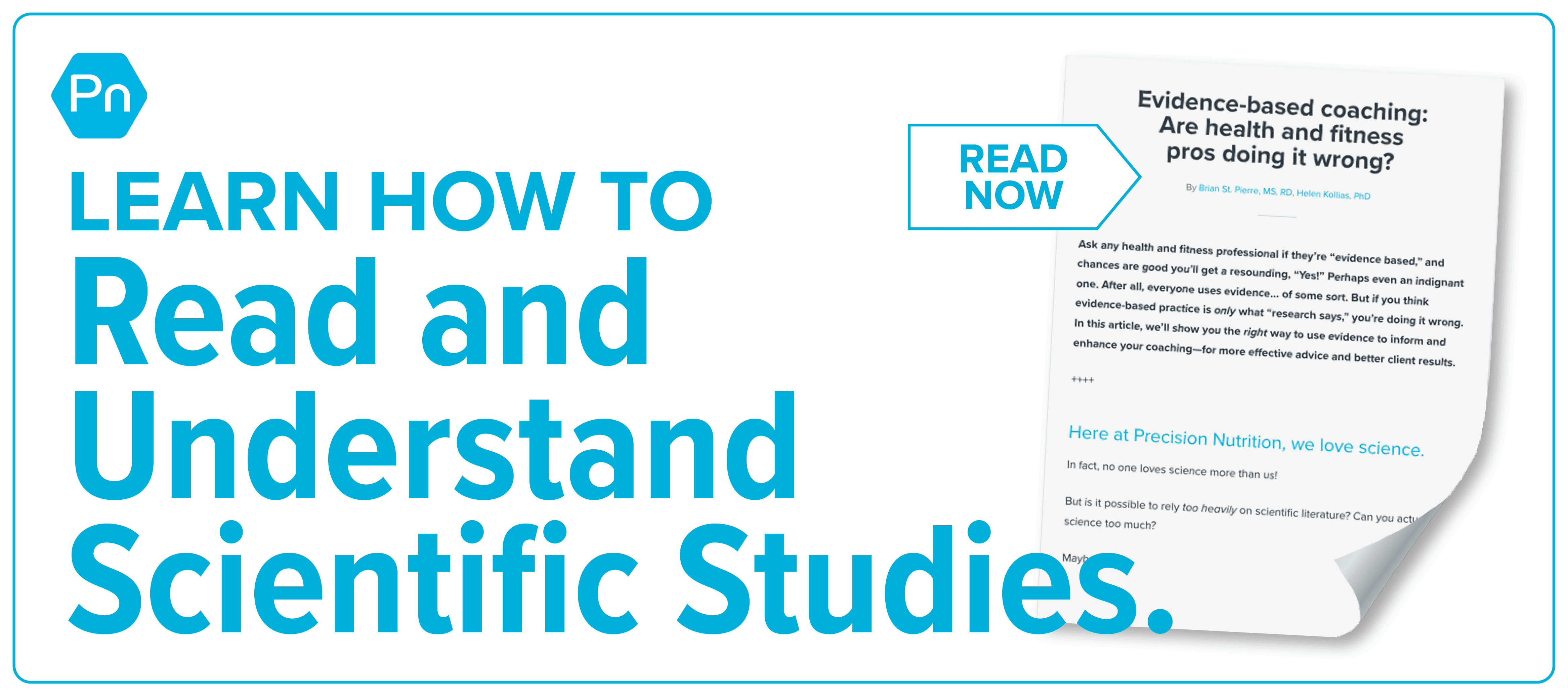

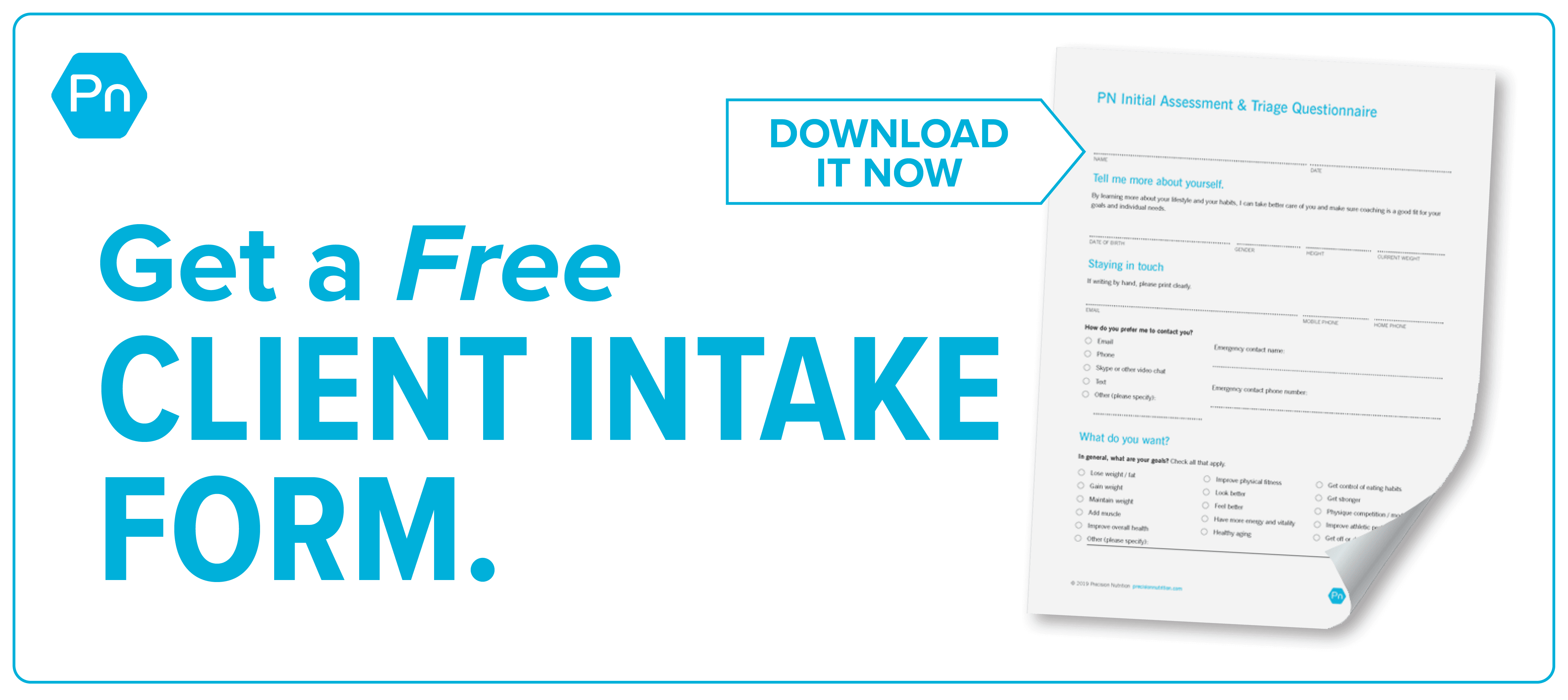
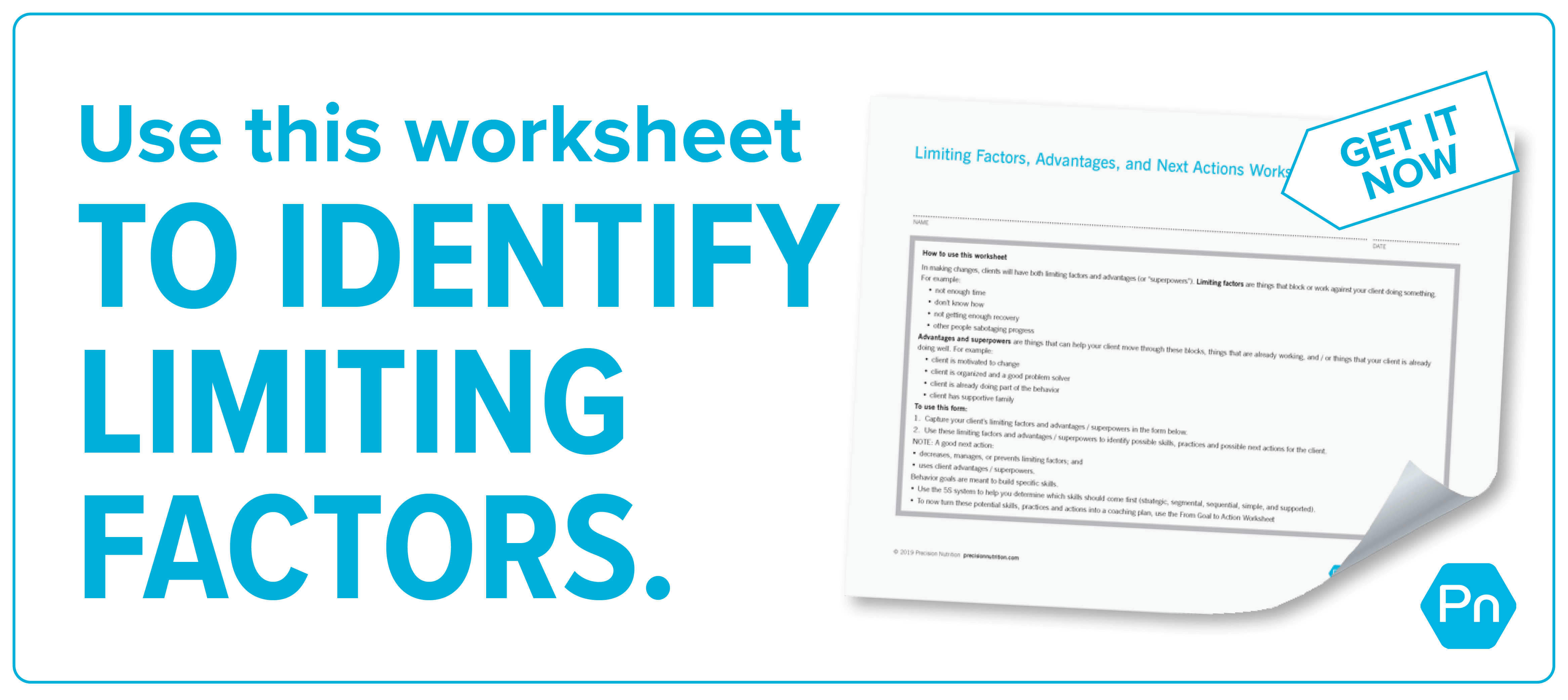
Share